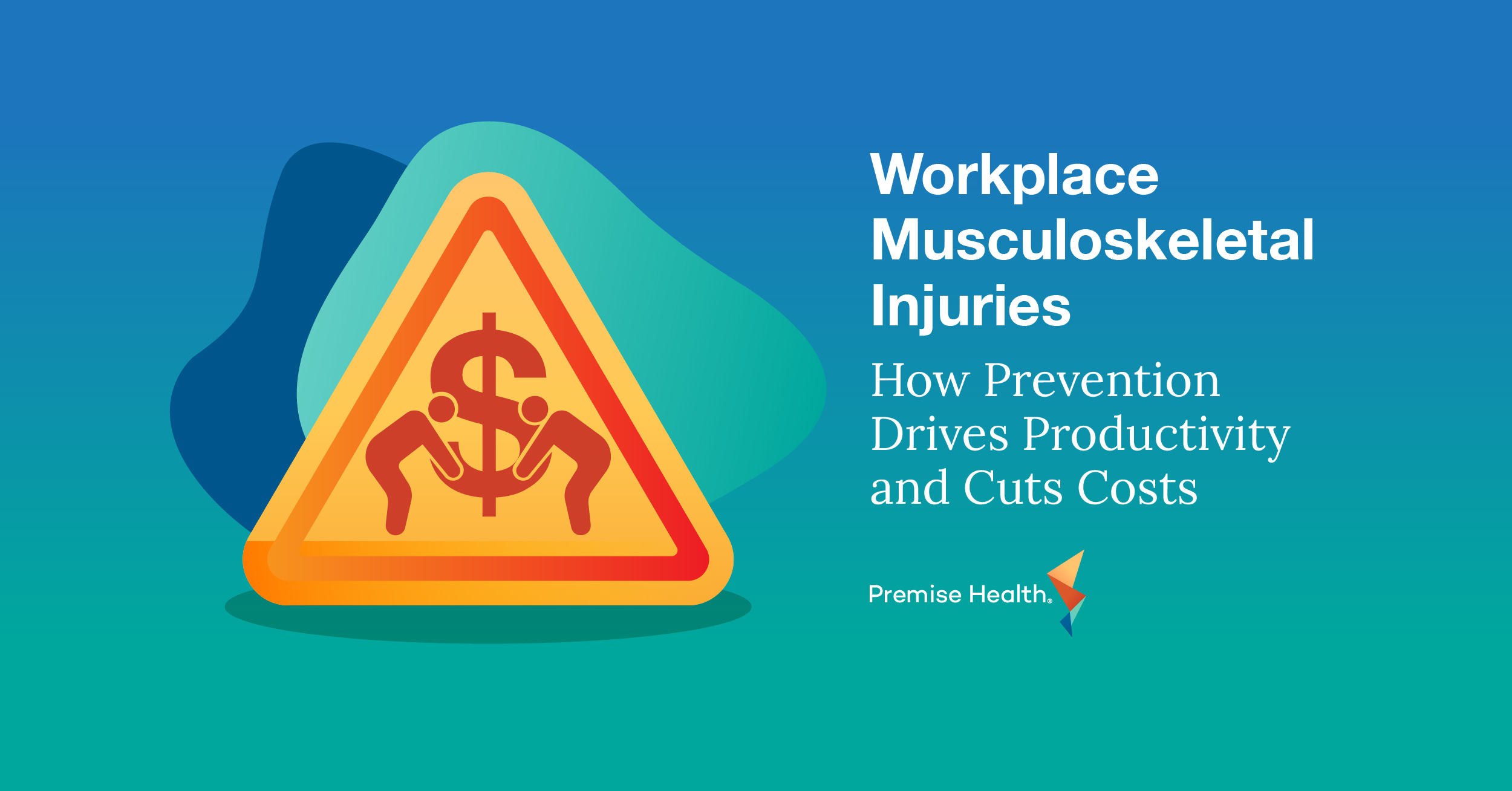What is a Care Navigator? Meet the Team Helping Patients Navigate Healthcare
The U.S. healthcare system is complex. Whether a patient is scheduling an appointment, understanding a bill, or getting in touch with a provider, confusion seems inevitable. On top of the challenges associated with navigating the system, approximately 25% of total medical spend is shoppable, which means patients can potentially save hundreds of dollars if they can find high-value care. However, America’s healthcare ecosystem is not set up to easily find a high-quality, cost-effective provider and facility, which can lead to patients delaying care all together. Delays not only impact a person’s health and wallet, but also an employer’s overall healthcare costs.
In response to these challenges, many organizations are expected to invest in health solutions in 2022 that provide their employees with tools to navigate the healthcare system, such as care navigation. This seamless solution provides concierge support from a care team that guides patients to high-value specialty care in their communities, ensuring they never have to navigate their healthcare needs alone.
Care navigators are the power behind a successful care navigation solution. We sat down with Christina Darby, a Premise Health Care Navigation supervisor, to find out more about the important work and support care navigators provide to help simplify the healthcare journey for patients.
What are the main responsibilities of a Premise care navigator?
 Care navigators manage referral coordination for members, so they don’t need to navigate the healthcare system on their own. When a member needs a referral, we provide support by finding them high-quality, cost-effective, in-network options that align with their needs, whether they want an in-person or virtual appointment or prefer a specific gender for their provider. We are here to support them and remove barriers along the way, striving to provide a concierge approach from start to finish. We know members are juggling a lot between jobs and caring for loved ones, and this is just one way we can make accessing healthcare easier for them.
Care navigators manage referral coordination for members, so they don’t need to navigate the healthcare system on their own. When a member needs a referral, we provide support by finding them high-quality, cost-effective, in-network options that align with their needs, whether they want an in-person or virtual appointment or prefer a specific gender for their provider. We are here to support them and remove barriers along the way, striving to provide a concierge approach from start to finish. We know members are juggling a lot between jobs and caring for loved ones, and this is just one way we can make accessing healthcare easier for them.
What types of care are you helping patients navigate?
We help patients with all kinds of referrals, including colonoscopies, cardiology, orthopedic surgery, genetic counseling, and recommended age-appropriate appointments. By using best-in-class data and other resources, care navigators can find in-network providers and facilities to provide the best options for patients. We’re doing all the research on the front end, which makes the process easier for them.
Through some of our conversations with patients, we have also been able to address certain social determinants of health. For example, if someone mentions they are unable to find a ride to their appointment, we can give members useful tools such as Find Help with Premise platform to find patient assistance in their area. Patients can also easily access Find Help on their own whenever they’re in need.
Can you provide an example of a typical interaction between a care navigator and a member?
An example could be a 50-year-old patient went to see their primary care provider with abdominal pain. Due to their age, the provider wants them to go in for a colonoscopy and places a referral within the EHR. That patient then enters a care navigator’s queue.
From there, we go into Care Navigation to find three to four options for them. Most of our members prefer communication via secure message, so after we have identified providers and facilities, we send them a message or give them a call to introduce ourselves, provide the options, and ask if they would like us to schedule the appointment. If they want us to schedule it, we ensure the appropriate information is shared with the facility and provider.
The day before the appointment, we send a reminder to the patient, and after the appointment we confirm that they went. We also send out a survey asking them to rate their experience with the provider and facility. The final step is requesting any relevant records to pass along to their primary care provider and close the loop. If they need to have any follow up visits, we continue working with the patient until their care is complete.
That entire process can be confusing and time consuming for members, so having a care navigator handle all those steps really removes stress for the patient.
What are the benefits of care navigation for members?
First and foremost, it saves members money. I like to say, “you don’t know what you don’t know until you know it.” There may be a provider a patient’s family has seen for years, so they would not be aware of other options and facilities that may be better at the procedure they need. It’s very rare for a facility to be excellent at everything, so finding patients the highest-quality location is so important in our work. It’s especially important if they need a complex procedure, as receiving care at a facility with a lower ranking increases a patient’s risk of complications or even mortality.
The one-on-one direction on how to navigate referrals is also valuable for patients. We take on the complexity of finding care, which takes away the pressure of needing to figure out how to start and where to go. By care navigators removing that stress for the patient, it ultimately results in better outcomes as patients are able to get the care they need when they need it.
Why should employers consider care navigation as they invest in more hybrid solutions?
Offering Care Navigation is a great way for employers to contain and significantly lower their total cost of care, especially those that are self-insured. The majority of healthcare spend comes from outside the primary care setting, so being able to direct employees to the highest-quality, most cost-effective community provider and facility is extremely valuable.
When patients receive the highest quality of care, they will often have fewer complications and will not need any follow up care, which means there are fewer additional costs for their employer. While care navigation is a great cost-savings tool, it is also a powerful way to drive a better overall member experience.
Our care navigators are taking the headache out of healthcare for Premise members across the country. Interested in making a difference in the healthcare system? Check out our career opportunities here. If Care Navigation sounds like a solution your employees would find valuable, let us know and we can start the process of optimizing care today.
Next on industry insights.

Workplace Musculoskeletal Injuries: How Prevention Drives Productivity and Cuts Costs
Read the Blog
4 Overlooked Chronic Conditions That Benefit from Personalized Care
Read the Blog